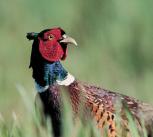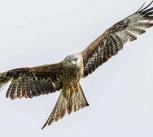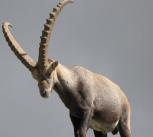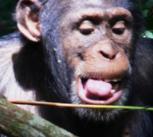Pledge to phase out toxic lead ammunition in UK hunting by 2025 has failed
06 March 2025A voluntary pledge made by UK shooting organisations in 2020 to replace lead shot with non-toxic alternatives by 2025 has failed, analysis by Cambridge researchers finds.









